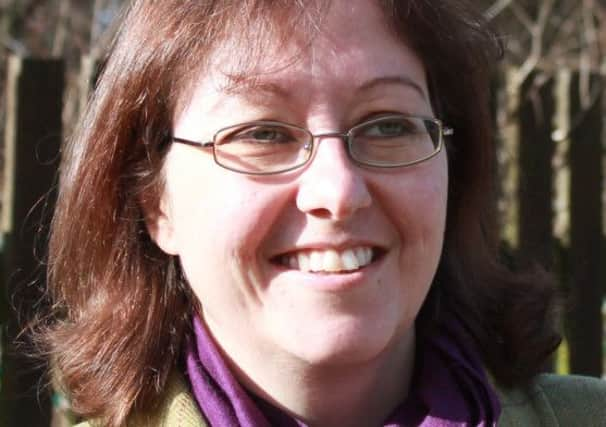Rural residents enjoying deflation for the first time in years


A new study by NFU Mutual looked at quality of life in rural areas and measured inflation based on a typical basket of goods.
It found a negative figure for inflation, -1 per cent, for the first time since measures began in 2011, when rural inflation was nearly twice the national average at 8.8 per cent.
Advertisement
Hide AdAdvertisement
Hide AdThe report said the drop was driven by falling home and car fuel prices, of which rural dwellers are particularly susceptible to variations because they tend to live in isolated locations and are less likely to be on mains gas.
However rural families continue to bear the brunt of high prices, rural campaigners have warn, with people in the countryside still paying 40 per cent more than their urban counterparts on home maintenance, transport, fuel and energy.
NFU Mutual spokesman Tim Price said: “People living in the countryside have borne the brunt of price rises over the last three years because of their reliance on cars and heating oil, so this fall is very welcome news.
“While living in the countryside still costs more, the fact that people are happier shows that the joys of a rural lifestyle are still well worth the extra expense.”
Advertisement
Hide AdAdvertisement
Hide AdLast month The Yorkshire Post launched its Big Debate on the rural crisis, after experts warned that the combination of cuts to local authority budgets, soaring house and petrol prices and the disappearance of shops, post offices and pubs had left many rural communities on the brink.
Leah Swain, chief officer at Rural Action Yorkshire, said: “The price of car and home fuel is simply stabilising after a very volatile three year period. Come winter the price of heating oil will once again increase and put pressure on low income rural families. In the meantime the cost of living in a rural community continues to be significantly higher than in urban areas and many families and individuals are struggling.
“We need to continue to ensure that those people receive support – whether that is affordable transport to reach jobs and education, creative solutions to combat fuel poverty or crisis support through food banks or voluntary organisations.”
Involve Yorkshire and Humber highlighted the increasing scale of rural poverty in a report earlier this year.
Advertisement
Hide AdAdvertisement
Hide AdChief executive Judy Robinson said: “If you’re poor in rural areas you’re doubly disbenefitted - it costs more to live there and there are less services so there are additional costs. Transport alone is a critical issue, and for the first time we’re seeing foodbanks in rural areas.”
The Royal Agricultural Benevolent Institution handed out £156,000 in grants to North Yorkshire farming families last year, and its welfare officers give shopping vouchers to families who would rather spend the last of their budgets on food for animals and go without.
Sally Connor, north east regional manager, said: “We’re getting phone calls all the time asking for help. The cost of living may well have gone down, but as services keep on closing, the reliance on the voluntary sector and charities like ours in increasing.”
Any drop in cost of living could also have an adverse on farmers pay, according to the chairman of the Campaign to Protect Rural England in Craven, Jules Marley.
Advertisement
Hide AdAdvertisement
Hide Ad“Reducing food prices is good, but is that reflected in what farmers are getting paid?” she said.
Transport – the cost of fuel, e rail fares, and cuts to bus services – remained the biggest challenge to rural communities, she added.
CLA North regional director Dorothy Fairburn warned that farmers had been doubly hit by bad weather last year, and flooding interrupting spring sowing this year.